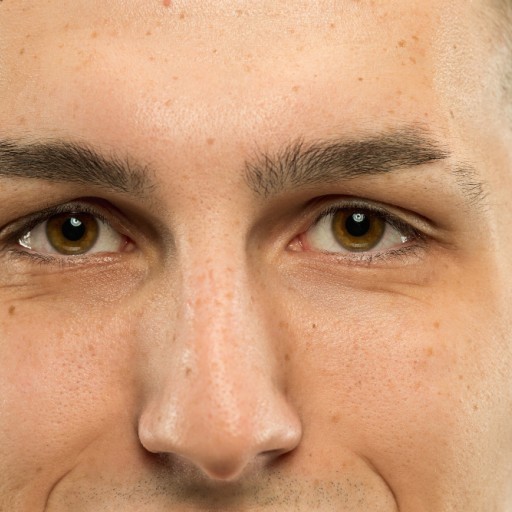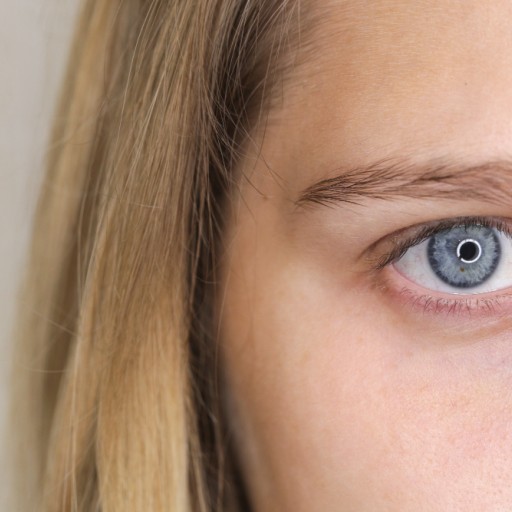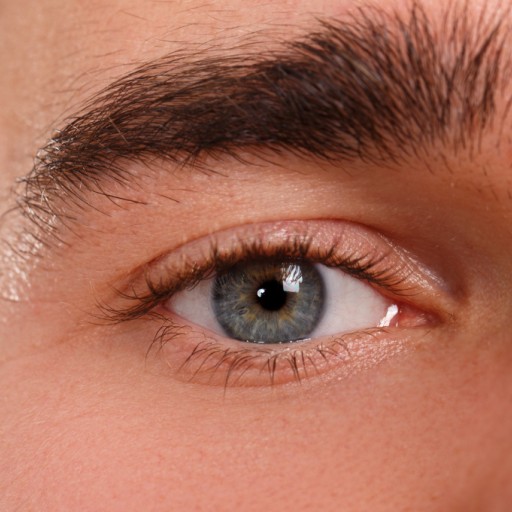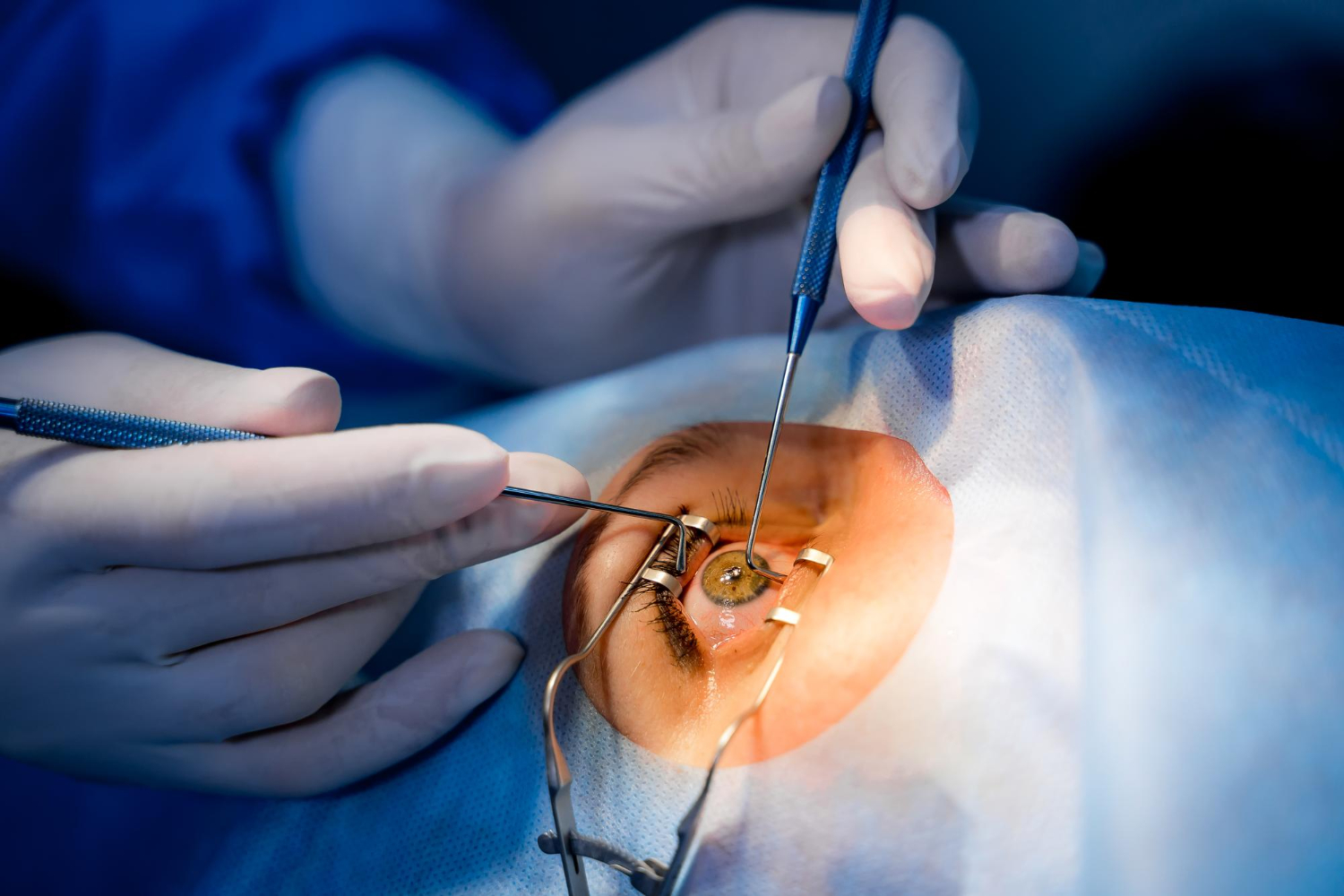Corneal Treatments
4 results foundCorneal Treatments
Corneal treatments are vital in maintaining and restoring clear vision, as the cornea is a very important structure that makes up the eye. A number of various conditions, affecting vision and the general health of the eye, can occur with the cornea; this is the clear front part of the eye. Ranging from a corneal transplant to management of dry eyes, it is very key for one experiencing corneal issues to understand the available treatment options. This guide covers the main corneal treatments available, their benefits, and the pre-treatment things that one needs to know.
Understanding Corneal Conditions
Generally, these conditions are bound to have a significant effect on your vision and your general eye health. Common conditions include corneal ectasia, corneal inflammation, and keratoconus. Corneal ectasia involves the thinning of the cornea in a progressive manner, distorting vision. Inflammations of the cornea usually result from either infections or injuries and might cause discomfort, coupled with blurred vision. Keratoconus, on the other hand, is a slight thinning of the cornea that assumes a cone shape and such a formation affects the sharpness of vision. The condition, when identified early, may assist in the selection of the most appropriate type of treatment on the cornea.
Corneal Transplantation: A Savior of Life
Corneal transplantation is a procedure where a damaged or diseased cornea is replaced by a healthy donor cornea. Surgery is usually indicated in advanced stages of the disease and when other measures have proved ineffective. The corneal transplant can restore vision and alleviate the symptoms caused by various conditions, such as corneal dystrophies, severe infections, or injuries. It's a very special surgical procedure, and its success depends on many factors, especially the pre-transplant condition of the cornea and the acceptance of the new tissue by the body.
Keratoconus Treatment: Modern Solutions
Management of keratoconus involves a number of techniques for the management and stabilization of the shape of the cornea. Traditionally, cross-linking is applied to strengthen the tissue of the cornea against further progression. Advanced treatments, such as implantable corneal devices or specialized contact lenses, are employed toward the goal of correcting the resultant vision problems. Each modality, however, has in common a goal of improvement in vision and comfort, while maximizing the remaining natural vision.
Dry Eye Management: Strategies for Success
Dry eye is such a problem that greatly affects daily living. While eye lubrication was preferred with corneal drops, medication to the corneal surface can resolve chronic dryness and restore the water balance of the eye. In grave conditions, however, doctors may suggest the insertion of corneal punctal plugs to block the drainage of tears to keep the eye lubricated.
Corneal Inflammation Treatment
The etiology of corneal inflammation can be due to infections, injuries, and even other vices originating from within the body.
Treatment involves symptomatic management with anti-inflammatory medications or even antibiotic eye drops and addressing the underlying cause. Follow up regularly to prevent complications and ensure fast recovery.
Corneal Regeneration: Advances
Corneal regeneration techniques are gaining wide acceptance these days and are going to bring a whole new frontier for the restoration of health of the cornea. Therapies involving the repair and regeneration of corneal tissues by the use of stem cells or tissue engineering constitute corneal regeneration therapies. These methods can be a great help in patients where there is extensive damage to the cornea or diseases that have failed to get an appropriate response from conventional modes of treatment.
The Role of Corneal Contact Lenses
Management of various conditions affecting the cornea includes the use of corneal contact lenses, which are important in maintaining a number of these conditions. These specialized lenses are placed over the cornea to help improve the various vision defects related to certain conditions such as keratoconus or irregularities of the cornea. These lenses may be more comfortable and provide better visual acuity than standard corrective lenses or glasses.




